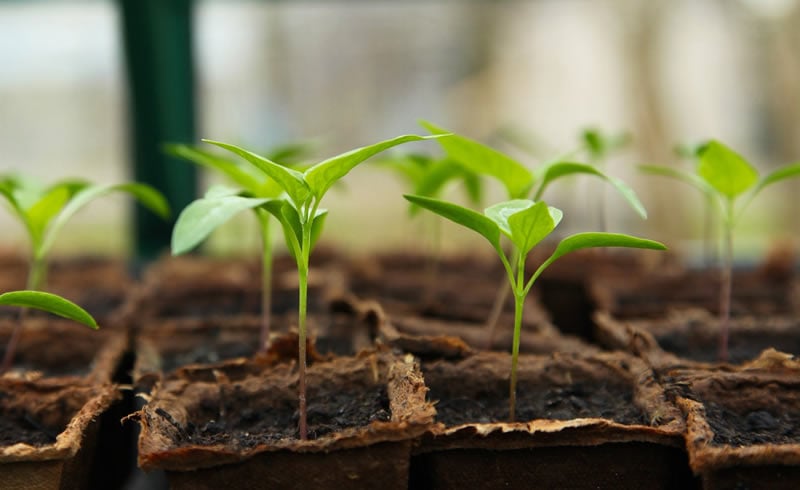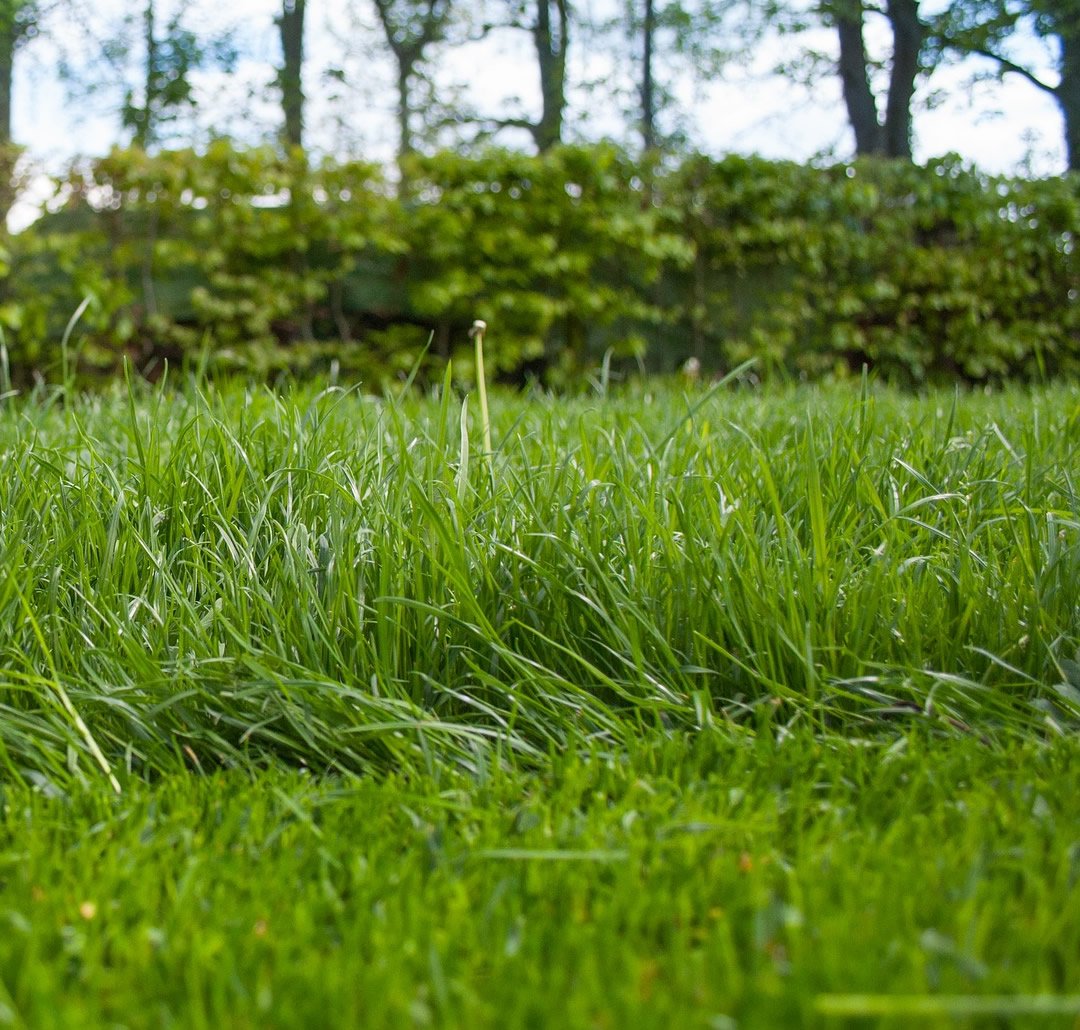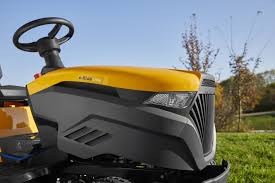
With air pollution posing the largest risk to environmental health and the use of plastics causing major impacts on the World’s eco-system, one would argue now is the time to make changes to reduce your household’s carbon footprint. Creating a greener and healthier living space at home will benefit yourself, your family and the environment that surrounds you.
Thank you for reading this post, don't forget to subscribe!Gardening is a therapeutic way of improving the environment we live in. By gardening (particularly organically), we are improving the air we breathe in and soil quality in our garden. All plants absorb carbon dioxide in the atmosphere, so growing plants from the ground to the top of the fence will reduce greenhouse gas in your garden and allow for fresher, cleaner air to circulate. Hedgerows, trees and climbing plants produce a green shield surrounding your boundary as well as regulating heat and cold. Check out our blog on cutting down air pollution in your garden for more helpful tips.

Reduce the plastic used when gardening by swapping flimsy plastic seed trays for bamboo trays. Bamboo is also a good choice for plant labels as is it less absorbent and the writing withstands water for longer. Wooden lolly sticks are the cheapest alterative to plastic, with slate and metal labels being more expensive but longer lasting. Our blog The Environmental Gardener features advice and information on greener gardening.
Mulching grass cuttings will not only work towards producing a greener, more luscious lawn, there is a reduction in the need to add chemicals for weed control. The fine mulch from the mulching mower is absorbed into he ground locking in moisture and producing a natural, nitrogen-rich fertiliser.

If it is time to replace your lawnmower, now may be the time to consider a cordless model. Larger garden owners and commercial users have considered petrol engines in the past believing them the right choice for power, size and reliability, yet cordless and battery mowers have been developed to match their petrol competitors and are now a popular choice for professional and heavy domestic users. The cordless ranges include battery systems that are interchangeable with other handheld garden tools. This makes the move away from petrol more cost effective with one battery to power them all. We have a cordless lawnmower that is compatible with cordless hedgecutters, blowers, trimmers and brushcutters in the same range and cater for the domestic and professional user. Battery power doesn’t stop at small garden machinery, Ride on mowers and garden tractors have been fitted with powerful lithium battery systems and we have a range of rear collect and side discharge battery lawn tractors see Battery Powered Garden Tractors for 2021 for the latest models.

Electric mowers are a good choice for smaller gardens with a range of affordable options. With the addition of an extension lead you can work further away from a power supply. Electric garden machinery is quiet and lightweight, with electric blowers, trimmers and hedgecutters being the least expensive option for your garden.
Clean Air Day is on the 17th June this year. Led by Global Action Plan, the air quality awareness day highlights the risks and impact that pollution has on the environment and our own health. Air pollution causes up to 36,000 deaths in the UK each year, the UK Government and The World Health Organisation acknowledge that air pollution forms the greatest health risk to the environment.
The Clean Air Hub has brought all information and advice on air pollution in one place. The website provides videos and resources to help you understand the impacts of air pollution and ways to make changes.
